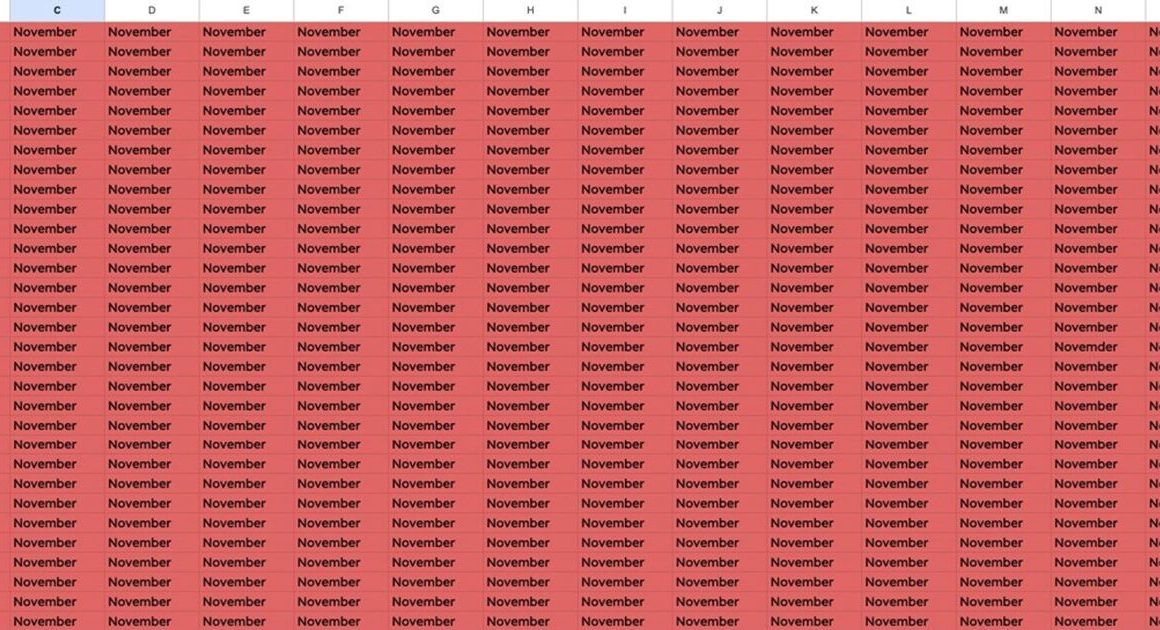The price of coffee has been skyrocketing on international commodities markets, and while consumers in Canada haven’t felt the grind yet, the pressure of climate change on the world’s coffee farms is setting the industry on edge, insiders and scientists said.
The current market price for Arabica beans, which make up around 70 per cent of the coffee market, is roughly $2.70 US per pound. This time last year, it was around $1.49 US.
Meanwhile, the market price of cheaper Robusta beans, favoured in Europe and by instant coffee makers, has more than doubled in the past 12 months.
The price jumps come amid serious droughts in Brazil and Vietnam, two of the world’s largest coffee producers. And with climate change driving up the frequency of these extreme weather events, industry insiders say the situation could result in a higher price for a cup of coffee in Canada down the line.
The impact of climate change is “becoming more and more obvious… particularly in the countries of origin,” Robert Carter, president of the Coffee Association of Canada told CBC News.
“We’ve got other impacts such as pests and disease in regions like Colombia and Vietnam. So, you throw all of that together, tied in with supply chain disruptions, that’s resulting in this price pressure we’re experiencing on coffee.”
Canadian roasters feeling the heat
Up to 5,500 pounds of coffee beans are roasted every day at Chronicle Coffee Roasters in Calgary depending on the time of year, said owner and founder Karl Ward. They roast for themselves and other brands, and work with independent cafes across Canada.

The market, he says, has always fluctuated.
“But one thing as roasters we’ve never seen before is a fluctuation like we have now.”
In Brazil, the world’s largest coffee producer, farmers have been grappling for months with one of the worst droughts the region has seen in decades. Huge swathes of the country have received abnormally low levels of rainfall since May, including the state of Minas Gerais in southeastern Brazil, which contains many of the country’s Arabica farms.
One farmer in Caconde, a town in one of Sao Paulo state’s key growing regions, told the Associated Press earlier this month that he expected to harvest 120 sacks of coffee beans this season, but only managed to get 100 because of the drought.
The failure of crops in Vietnam this year due to drought has also put more stress on Brazil. Vietnam is the largest producer of the less abundant Robusta beans. Some traditional Robusta buyers shifted to purchasing Arabica, the majority of which is produced in Brazil. For specialty coffee roasters who only use Arabica beans, like Ward, that’s added additional pressure.
Producers say big price hikes haven’t hit consumers yet
For Canadian consumers, the retail price of an average bag of roasted or ground coffee has risen nearly 25 per cent in the last four years, according to Statistics Canada. That’s far less than price rises on commodity markets, but the spike seen this year is expected to cause an “uptick in prices on coffee down the road” for average consumers, said Carter.

Ups and downs in the commodity price of coffee don’t translate exactly to the price of a latte at your local coffee shop, since cafes have many other expenses factored into a single cup, such as labour costs.
Ward predicts further price increases for consumers will take three to six months to come into effect and it’s unclear how much they could rise.
But companies in the middle of the supply chain are worried.
Coffee commodity prices are up roughly 80 per cent, Ward said. “It’s not sustainable for us as coffee roasters, and it’s not going to be sustainable for the consumer.”
He expects market prices will drop closer to $2-$2.20 US later this year — cautioning this stabilization is dependent on weather conditions in coffee-producing regions next year.
Climate change increasing drought frequency: scientist
In Brazil’s coffee-producing regions, a drought of this magnitude should occur “about once every 50 years,” according to Nathan Moore, an associate professor at Michigan State University who studies climate modelling. But concerns for the for the coffee industry increased during previous droughts in 2014 and 2021.
“In this case, it looks like climate change and deforestation together are combining to increase the probability of severe drought to be more frequent,” Moore said.
When trees are removed, it disrupts an ecosystem’s moisture recycling, potentially leaving regions more vulnerable to drought, Moore explained.
Deforestation has long been a problem in Brazil, with rates surging to record levels under former president Jair Bolsonaro. President Luiz Inacio Lula da Silva, who took power in 2023, vowed to end deforestation in the Amazon, and the rate recently decreased, according to data from the nation’s space agency. But it’s still a pressing concern.
Climate change may be only one of the drivers behind the high prices we’re seeing right now, but it’s the biggest threat to the sustained health of the industry in the future, experts say. Moore pointed out that an increased frequency of droughts could see farmers experiencing more failed harvests than they’re used to budgeting for, potentially leading some to leave the industry altogether.
Maren Oelbermann, a soil scientist and professor in the Faculty of Environment at the University of Waterloo, explained that climate change and extreme weather also puts stress on the crops themselves by shifting the growing conditions that they’re used to, which can put coffee plants at greater risk for disease.

Sustainable growing models, such as “agroforestry” models which integrate trees in with crops on the same plot of land, may be required in order to maintain crop production in a changing climate while keeping costs down, she said.
“Probably the way we’re doing agriculture, whether that’s in the tropics or whether that’s here in the temperate zone, we probably need to take a pretty good look at how we’re doing things, because it may need to change,” she said.
“I think it just requires a shift in the way we think.”








